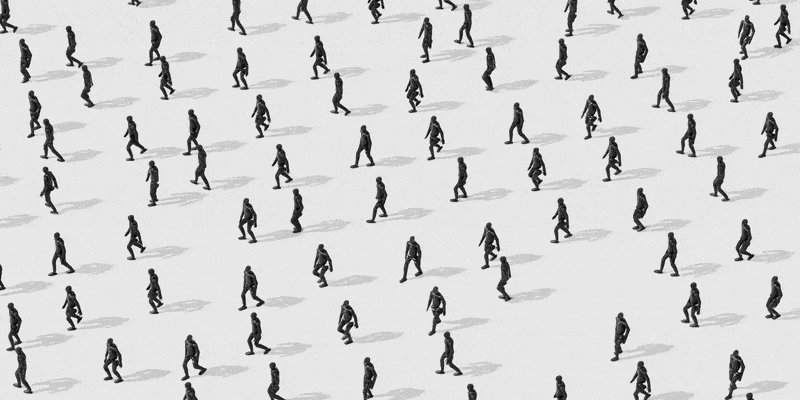Currently, there are various models in the smartphone market with great performance, good charging and amazing cameras. Regardless of which brand you are loyal to, the design and ergonomics of the phones are considered their main distinguishing feature. One of the features that users are still debating is the flat edges of the display against the curved edges.
We have reviewed many smartphones; From Samsung Galaxy S23 Ultra to Apple iPhone 14. Our goal here is to look at the pros and cons of each of the flat and curved displays.
Of course, before we get into the discussion, we need to make a confession. We agree with some readers that flat screens are better in many ways. These types of displays look terrible. These displays don’t blur content around the edges, and they don’t have errant back-and-forth gestures. Also, cases can be easily used with them and screen protectors are easily applied on them. All this is true.
In 2022, the Asus Zenfone 9, iPhone 14, and Sony Xperia 5 Mark 4 were among the best phones with flat edges, and they were great to work with. Of course, all of them have a common feature, which is that they had a more compact design and could easily fit in the hand. A nearly 6-inch display with flat edges is easy enough to use, and you can hold these phones securely in your hands. In contrast, larger phones don’t relate well to flat screens.
Many users on the web have confirmed that using the iPhone 14 Pro Max with its large 6.7-inch flat screen is very difficult. There is no way to comfortably type on its large, flat screen. The sharp edges of this phone can even pierce your pocket. While it’s much easier to work with a larger phone like the Nubia Red Magic 8 Pro, which has curved edges.
Our first reason is that the Nubia Red Magic 8 Pro is lighter, its smaller camera module does not increase the weight of the phone too much. Fortunately, its back panel is not made of glass, so it is much easier to take it. This phone is a little bulky, but you can easily move your thumb on its large screen by placing it on your palm.
Although it is easy to make a large phone with flat edges these days, sometimes you have to sacrifice large cameras and a glass back panel for a flat screen. However, it cannot be said that large phones that use curved displays are always good.

With the Pixel 7 Pro’s steep edges, you’ll probably struggle every time you want to go back. Although the subtle curved edges look good, you won’t be able to quickly distinguish the edges of the phone. On the other hand, the use of the “quad-curve” method in the Honor Magic 5 Pro phone with symmetrical curved edges on the front and back is not very satisfactory. The phone looks good, but the heavy camera and its gradual curve fail to provide a reassuring grip.
In our opinion, two Oppo Find X6 Pro and Galaxy S22 Ultra phones have managed to create a good balance in this field. Both phones use C-shaped edge displays. Their curvature is a little sharper and therefore there is not much slippage from the edge of their display. In addition, they are also ergonomic and will allow you to access their large screens.
As you can see, we meant the Galaxy S22 Ultra and not the recently announced Galaxy S23 Ultra. Unfortunately, Samsung has moved towards more rectangular edges in the Galaxy S23 Ultra. The curved edges of this phone are subtle, but when you put both phones side by side, you can notice the difference. Therefore, if you are looking for a flat flagship phone, the Galaxy S23 Ultra can be a good option for you.

Feel the difference between these phones when using them with one hand. The Galaxy S22 Ultra can easily fit in the palm of your hand and you can easily slide your thumb across the screen. This feature makes the Galaxy S22 Ultra more manageable.
On the other hand, the Galaxy S23 Ultra will not give you such a feeling with its relatively flat edges. Unfortunately, phones with flat edges, like iPhones, do not fit well in the hand. However, the Galaxy S23 Ultra is far better than them. It’s not that thick, and if you’re used to working with the Galaxy S22 Ultra, you might get used to it eventually.
Conclusion
All of the above will ultimately come down to user taste, and can anyone like flat or curved edges? But what can be said as a conclusion is that flat edges are a very good solution for smaller phones, but not so suitable for larger phones. If you like more control over a larger phone, we’d recommend a phone with a subtle curved edge, but if you’re a two-handed typist, you’ll be fine with any giant phone you like.
Source: Androidauthority
RCO NEWS















